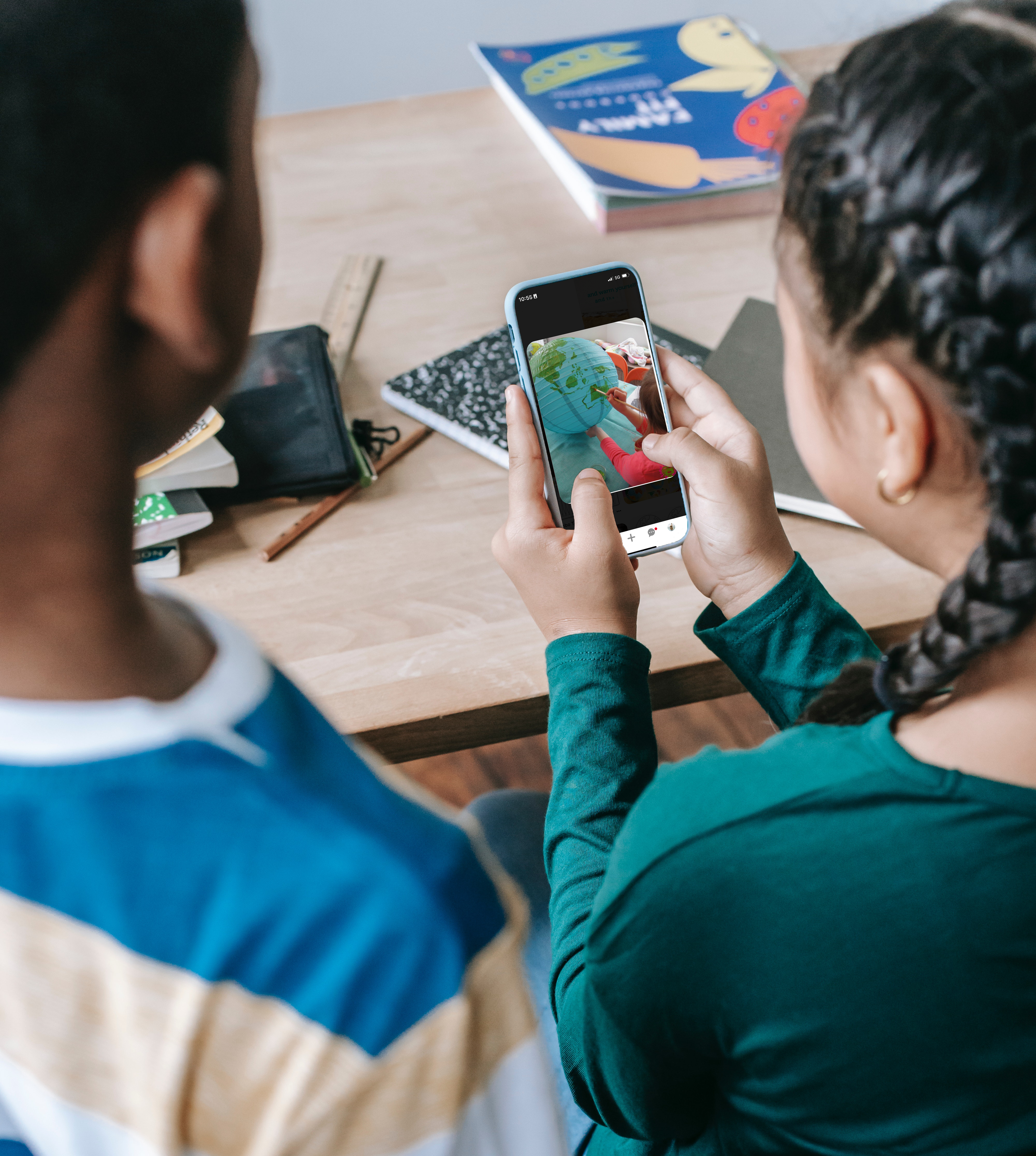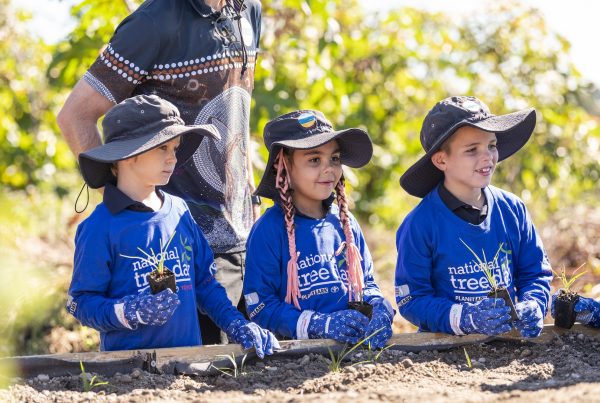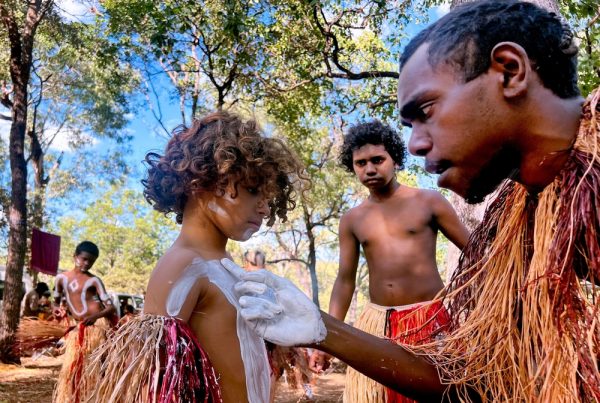Social media is an integral part of daily life for many students. Adopting the various apps into the classroom could prove to be very engaging for students, particularly those who may struggle to concentrate in more theory-based lessons.

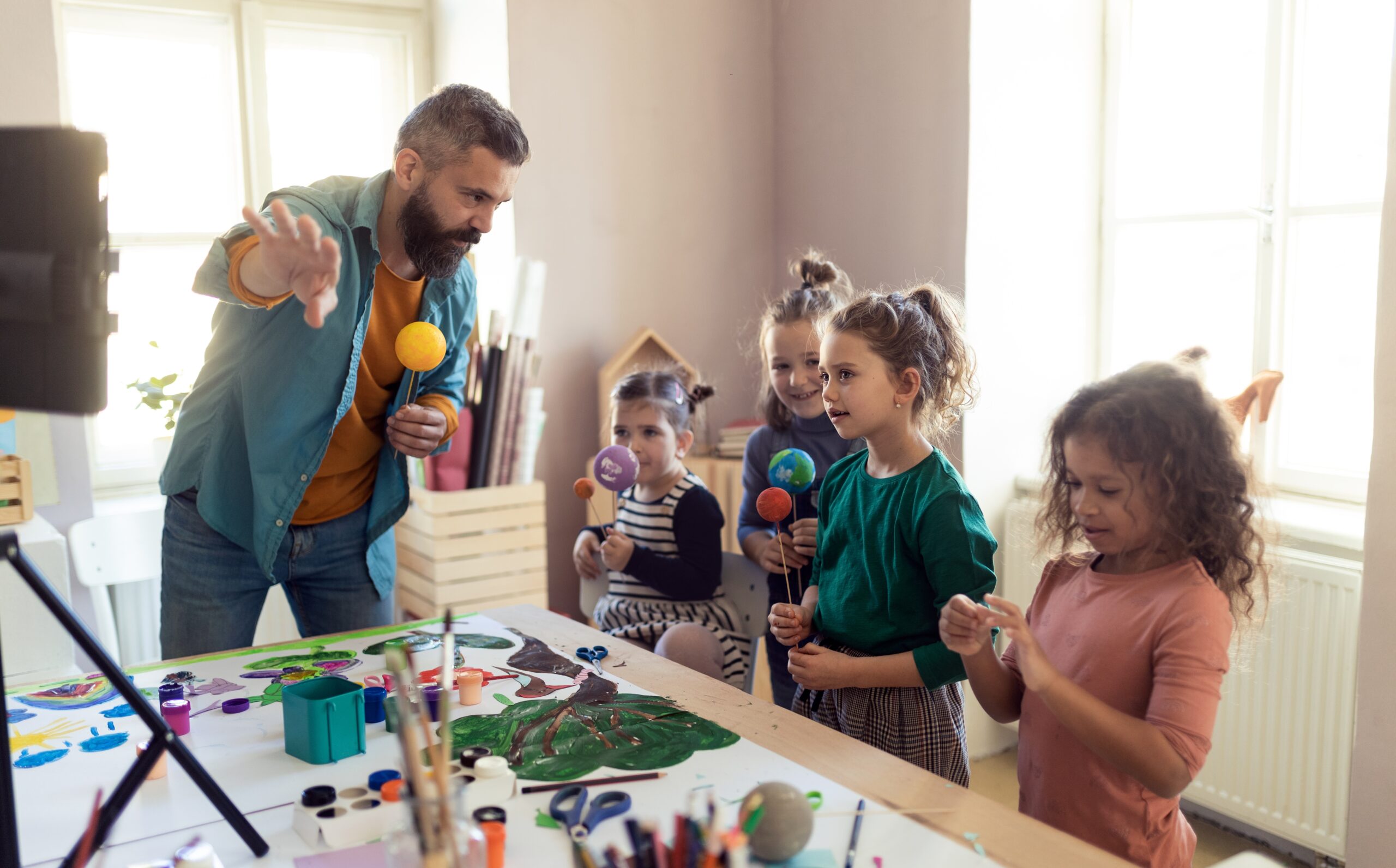
Using social media within the classroom can open a world of opportunity for not just more diverse e-learning – something that many schools have had to become familiar with in the wake of the last few years – but for easy and accessible forms of communication between peers and teachers.
Social media pertains to numerous apps and websites, some of which could prove to be more distracting than beneficial for classroom integration. So, what are ways you CAN use social media within the classroom? Here are our top recommendations:
Facebook groups
Facebook is most likely the easiest social media platform to navigate within the classroom. Making a group page for various classes can make communication to students extremely easy and personalised for specific subjects. Providing pages for classes, particularly within secondary school, allows students to ask questions and seek help from their peers all in one spot.
Creating Facebook groups for sporting teams and clubs also assists students organise their extra-curricular activities into their busy school schedule and remind other students of upcoming meetings and training sessions. It’s also a great way to advertise groups that succeed at various competitions for potential sponsors.
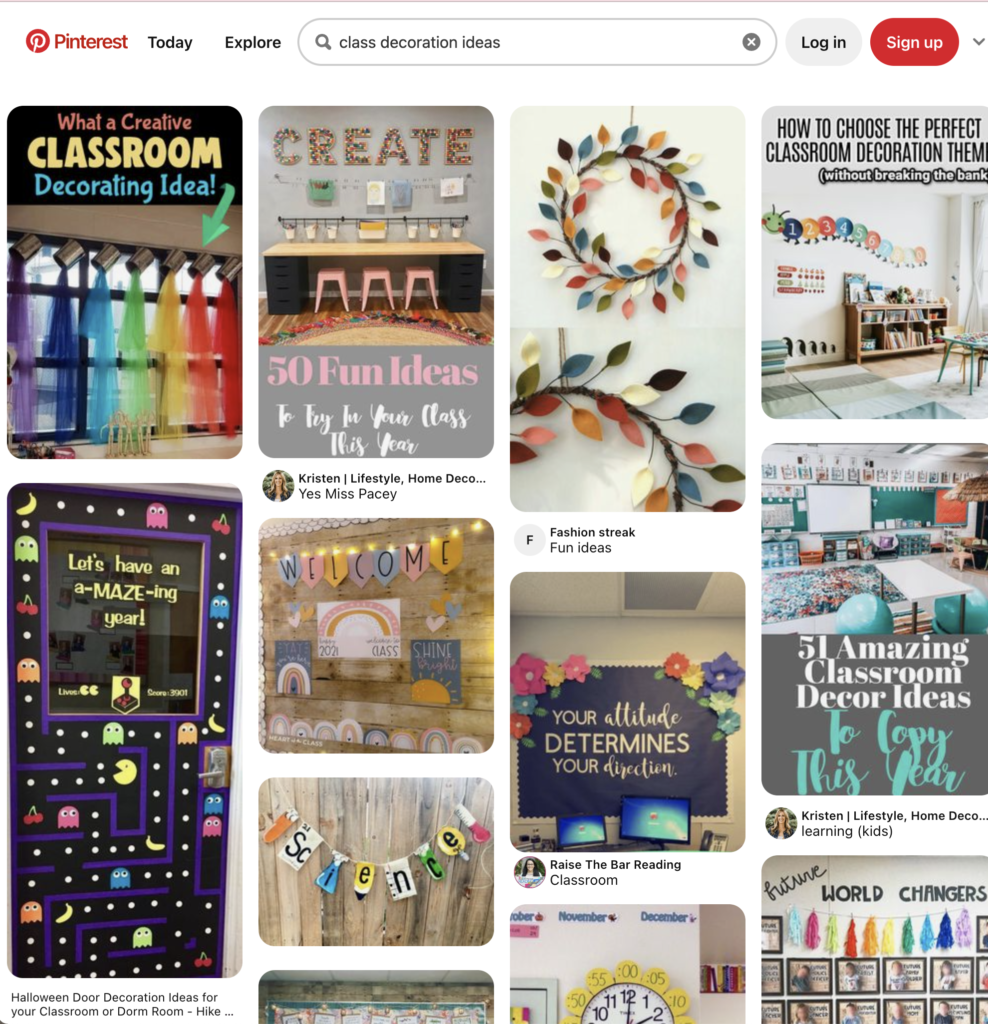
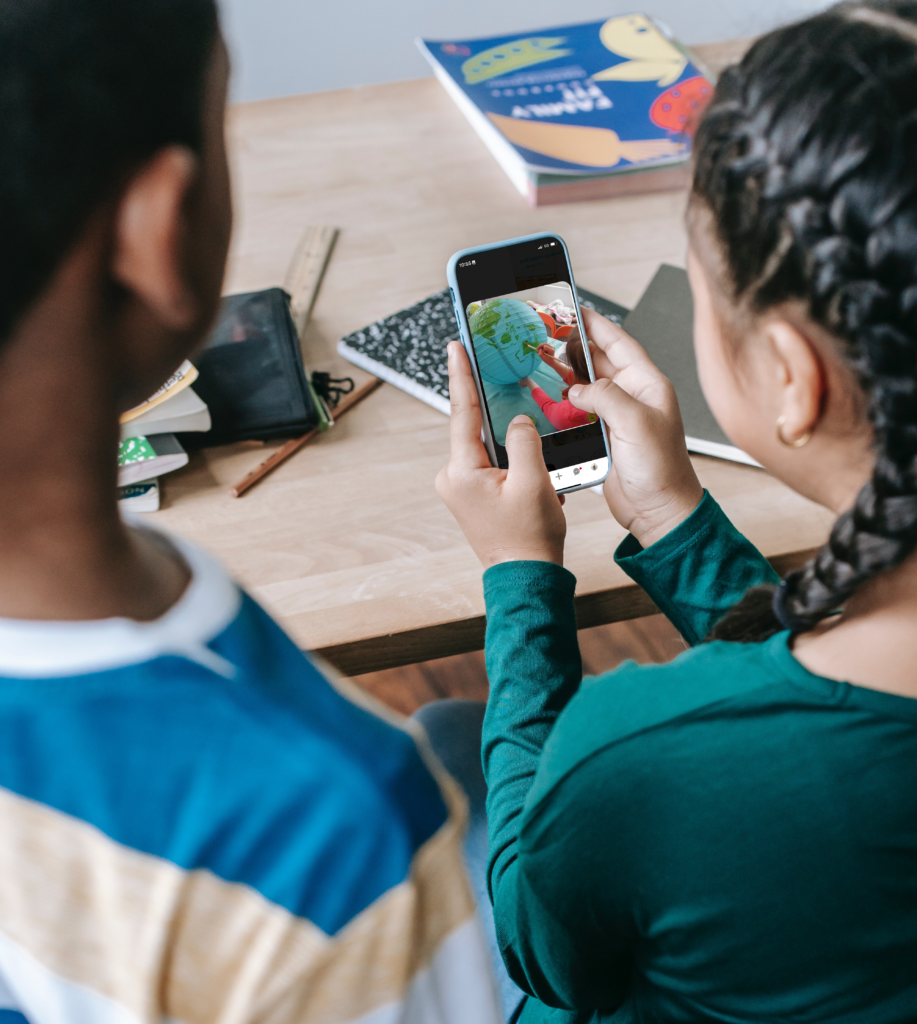
Using Pinterest to curate inspiration
At the beginning of each term, students are usually provided with a list of assignments and learning requirements that they are expected to complete before school holidays. A great way to get students to start curating ideas is through using apps such as Pinterest.
Pinterest is essentially an online mood-board that not only provides great pictures to spark creativity, but also provides fantastic resources and links for further learning opportunities. Using Pinterest is especially useful for students in subjects such as Art and Drama to help focus broad ideas and produce more eclectic and innovative assessment pieces.
For younger grades, Pinterest can be a useful tool in allowing students to personalise lessons and classroom decorations!
Instagram-based assessment
Instagram is not only a vital part of many students daily social interactions but is an essential platform for most businesses. Social media marketing and digital advertising jobs are skyrocketing and won’t be in short supply any time soon. Getting students familiar with the platform from a business’s perspective will provide them with an advantage going into tertiary education and future career prospects.
Instagram can be utilised in a variety of assessments pertaining to areas such as graphic design, legal, digital storytelling, social media marketing, data-analytics, businesses strategies, advertising, and entrepreneurship.
TikTok mania
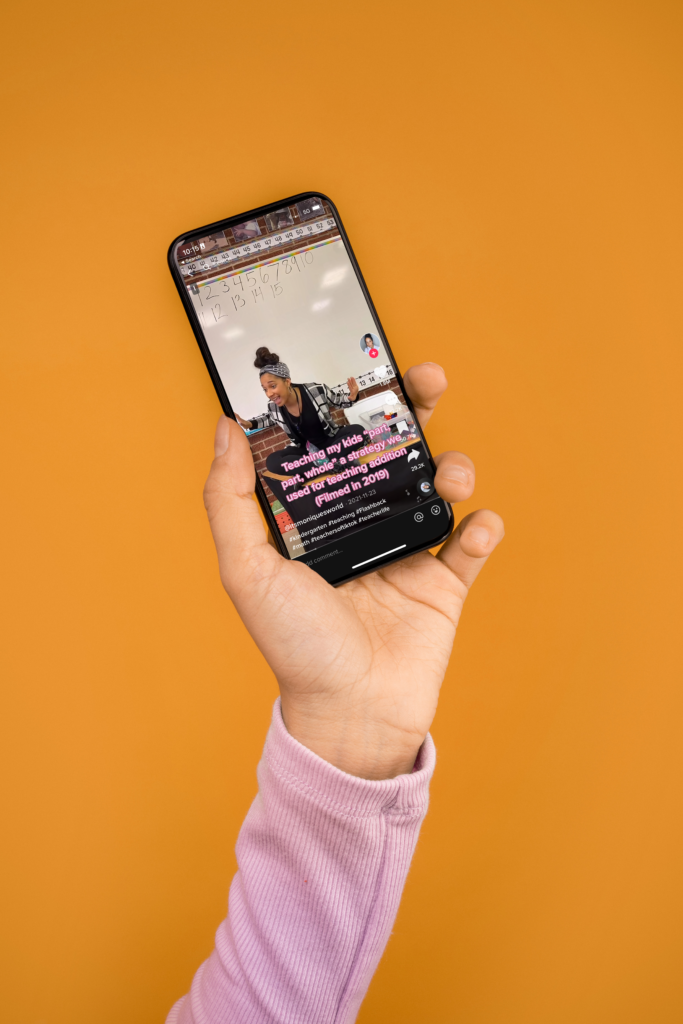
Within the last few years, TikTok has skyrocketed to the top of the charts and has kids all over the world creating 15 second videos just for fun. So, why not use this extremely user-friendly and collaborative platform to get children making videos based on their lesson plan?
TikTok in many ways can be comparative to Instagram in terms of assessment ideas for secondary students. However, where it differs is in its ability to simplify potentially challenging topics for younger learners who are already familiar with interactive educational programs such as Play School and Sesame Street. As students plan, create and then watch back on their performances, they are not only solidifying their understanding of the lesson in an imaginative way, but will more than likely find it easier to remember the information for later use through relating songs and dance moves to the discussed topics of the video.
Blog posts
For many subjects, discussion within class is heavily assessed and taken into consideration for students’ final grades. However, some students find speaking in class not only daunting but extremely difficult if the class is on the louder side. Assigning blog post discussion threads is a great way to diffuse any disadvantages for those who are not as confident with public speaking and it also helps improve students’ improve their short-form writing, research, and critical thinking skills.
Teaching students through social media also paves the way for increasing social media literacy, developing in students the skills to critically analyse and evaluate media messaging and images. This will undoubtedly prove extremely beneficial for the overall mental health of our younger generations, potentially lowering skyrocketing anxiety and depression rates that are so prevalent in young people today.
Social media often gets a bad rap for distracting children from education, so why not try these ideas in your next lesson or assessment to re-focus your students’ attention whilst also preparing them for future career opportunities.
